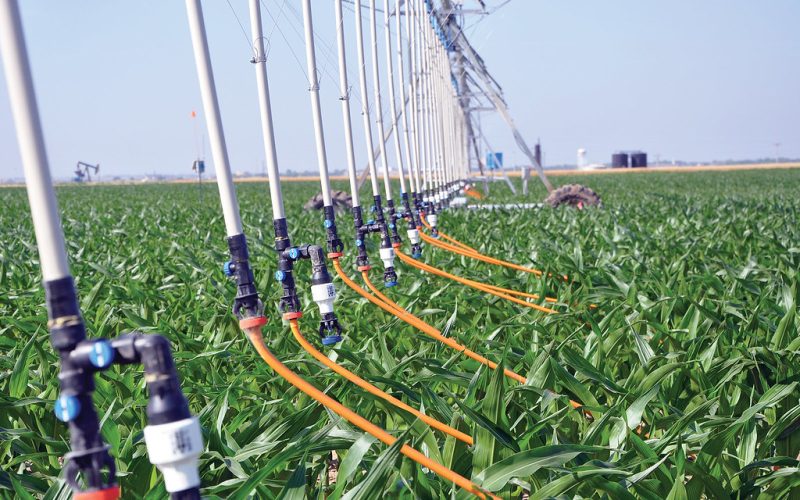In the world of agriculture, efficiency and sustainability are paramount concerns. With a growing global population and changing climate patterns, the pressure on agricultural systems to produce more with fewer resources is greater than ever. In this context, innovative solutions such as drip irrigation have emerged as game-changers, offering a way to optimize water usage, increase crop yields, and minimize environmental impact.
What is Drip Irrigation? Drip irrigation, also known as trickle irrigation, is a method of delivering water directly to the roots of plants in a slow, steady manner. Unlike traditional irrigation systems that flood fields or spray water overhead, drip irrigation systems use a network of pipes, tubing, and emitters to deliver precise amounts of water exactly where it’s needed.
How Does Drip Irrigation Work? At the heart of a drip irrigation system are drip emitters or micro-sprinklers strategically placed near the base of each plant. These emitters release water in controlled drips or streams, ensuring that the soil around the roots remains consistently moist without excess water being lost to evaporation or runoff.
Benefits of Drip Irrigation:
- Water Efficiency: Drip irrigation systems are incredibly efficient, delivering water directly to the root zone of plants with minimal wastage. By reducing evaporation and runoff, drip irrigation can cut water usage by up to 50% compared to traditional irrigation methods.
- Increased Crop Yields: By providing a consistent water supply and minimizing water stress, drip irrigation promotes healthier plant growth and higher yields. Plants are less susceptible to drought and disease, resulting in better-quality crops.
- Nutrient Management: Drip irrigation systems can also be used to deliver fertilizers and other nutrients directly to the root zone, ensuring that plants have access to the essential elements they need for optimal growth. This precise application reduces the risk of nutrient leaching and runoff, which can pollute waterways.
- Weed Control: Since drip irrigation delivers water only to the targeted plants, it helps suppress weed growth by depriving unwanted plants of moisture. This reduces the need for herbicides and manual weed control efforts, saving time and labor.
- Environmental Sustainability: By conserving water, reducing chemical usage, and minimizing soil erosion, drip irrigation contributes to environmental sustainability. It helps preserve water resources, protects soil health, and minimizes the ecological footprint of agriculture.
Applications of Drip Irrigation: Drip irrigation can be used in a variety of agricultural settings, including:
- Field Crops: Drip irrigation is suitable for row crops such as corn, soybeans, and cotton, as well as specialty crops like fruits and vegetables.
- Orchards and Vineyards: Drip irrigation is ideal for tree and vine crops, providing precise water delivery to individual plants while minimizing weed competition.
- Greenhouses and Nurseries: Drip irrigation systems are commonly used in controlled environments like greenhouses and nurseries, where water efficiency and precise nutrient management are essential.
- Landscaping and Gardens: Drip irrigation can also be used in residential and commercial landscaping projects to water flower beds, lawns, and garden plots efficiently.
Conclusion: Drip irrigation represents a smart and sustainable solution to the water challenges facing agriculture today. By delivering water directly to the roots of plants in a controlled manner, drip irrigation maximizes efficiency, increases crop yields, and minimizes environmental impact. As the demand for food continues to rise and water resources come under increasing pressure, investing in drip irrigation technology can help farmers meet these challenges while safeguarding the health of our planet for future generations.
